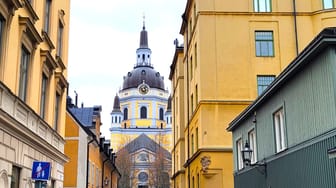St. Mary Magdalene Church
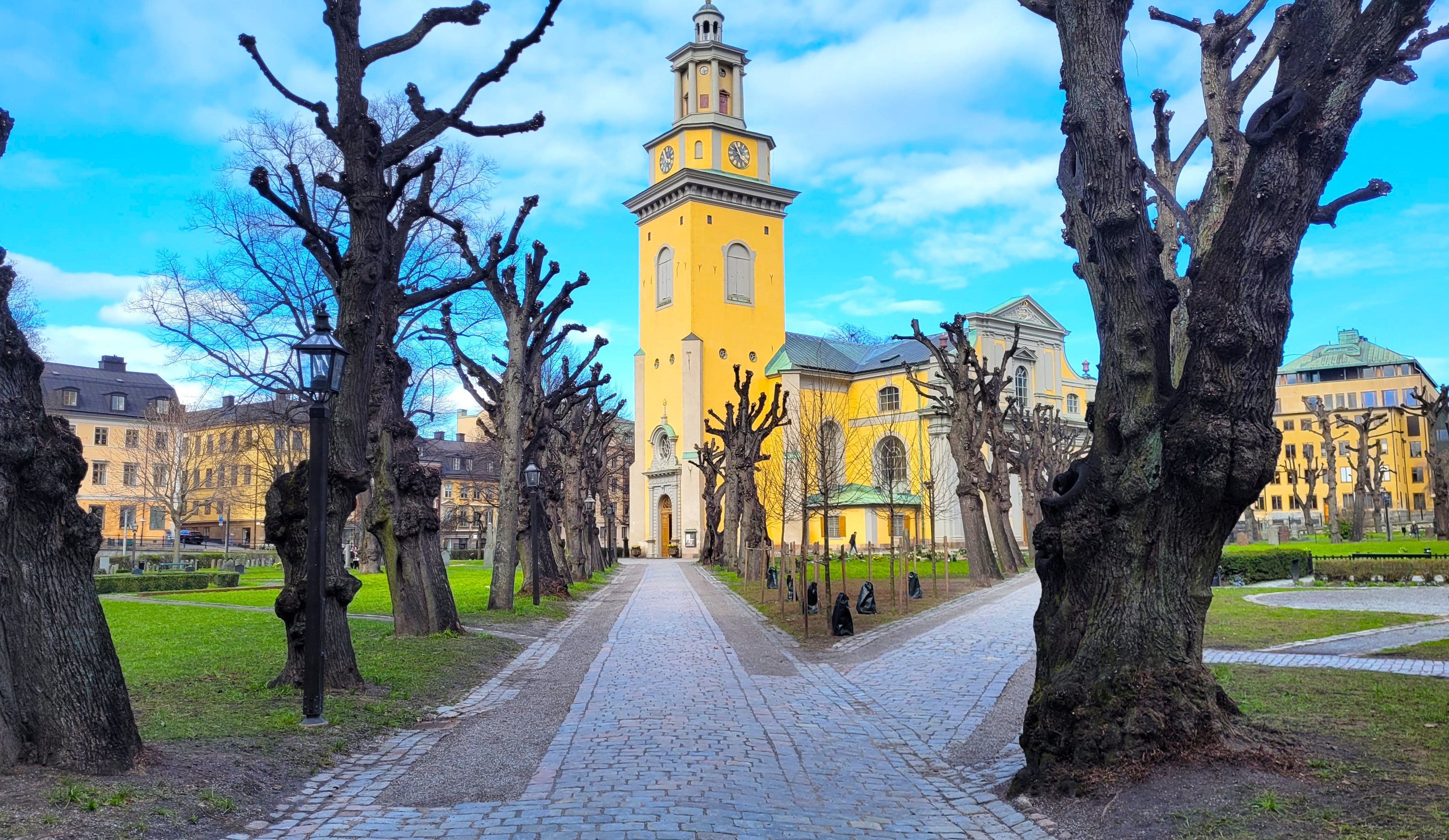
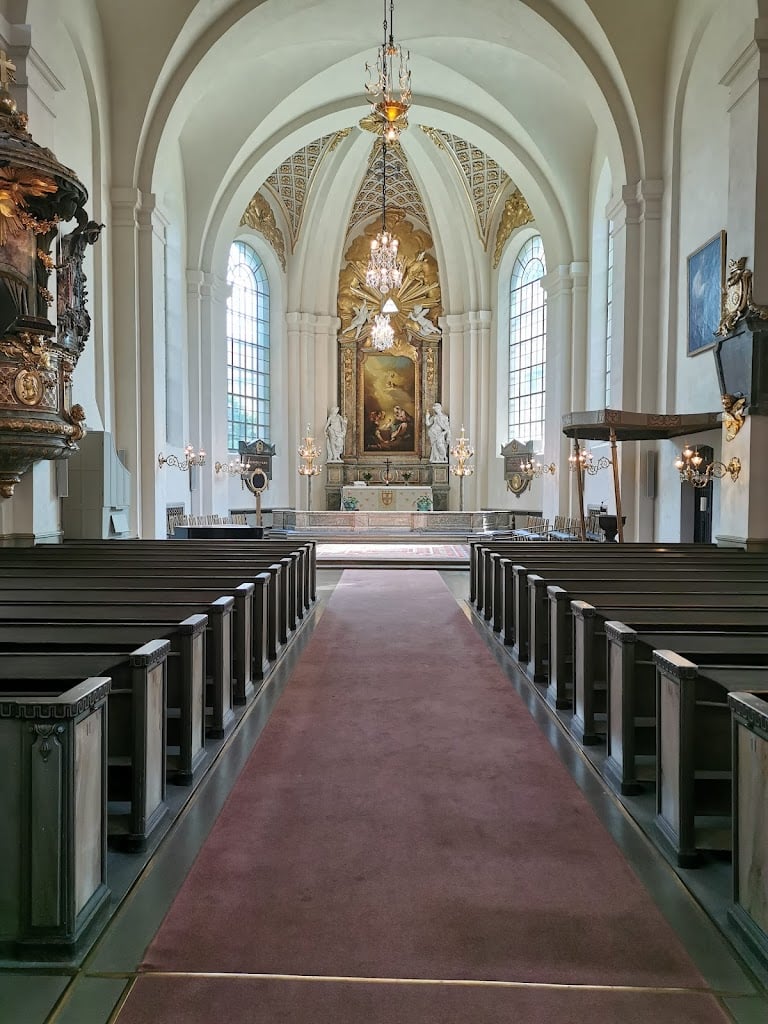
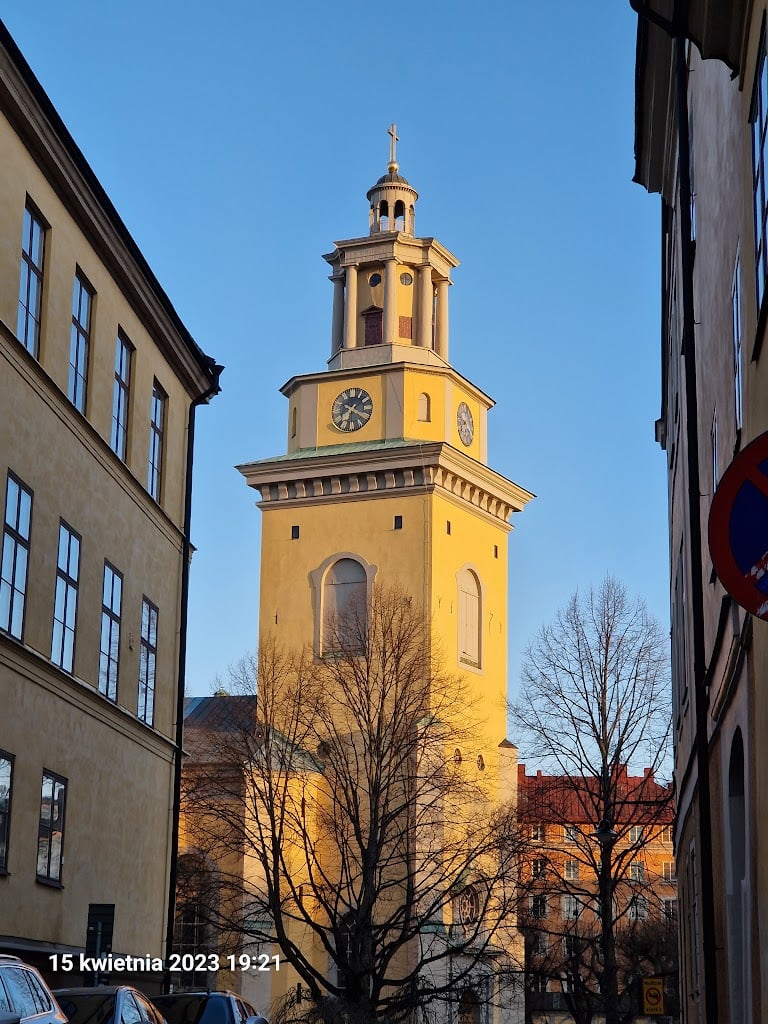
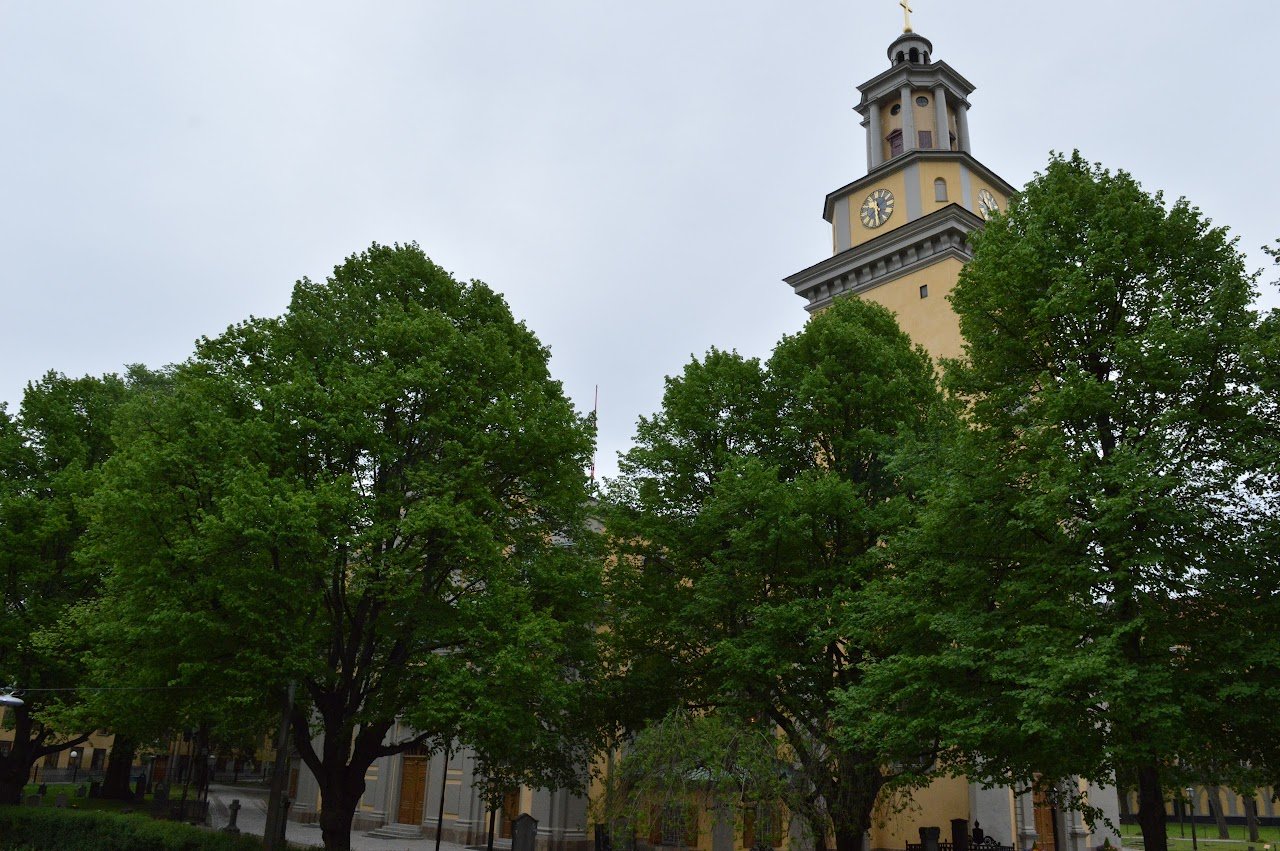

Ask ThatchGPT
Suggest a local expert to plan my trip
Suggest an unique itinerary for my Stockholm trip
What foods do Stockholm locals eat
What are some true hidden gems in Stockholm
Help me brainstorm trip ideas for Stockholm
Help me plan a family-friendly trip to Stockholm
What people say
Pedro Pereira
Available for hire
"The Church of Saint Mary Magdalene (Swedish: S:ta Maria Magdalena kyrka) is a prominent church located on Södermalm in central Stockholm, dedicated to Mary Magdalene, a significant figure in Christian tradition. Its architectural design features a nave without aisles, complemented by a three-sided choir at the eastern end and a transept occupying three bays. Various expansions have been added over the years, including liturgical spaces like the sacristy.
Inside the church, the high altar is adorned with the painting *The Adoration of the Shepherds* by Louis Masreliez, created around 1800. The Baroque pulpit, designed by Carl Johan Cronstedt, was inaugurated in 1763 and features a medallion depicting Mary Magdalene. The organ, originally designed by Carl Fredrik Adelcrantz in 1774, has since been replaced by a modern 50-stop organ installed in 1927, with a smaller organ added in the choir in 1986.
Among the church's notable artifacts is the baptismal font dating back to 1638, and a copper sacramental pan, one of the oldest items that survived the devastating fire of 1759. The church also features epitaphs honoring significant figures, including Christopher Polhem and the renowned Swedish poet Carl Michael Bellman. Beneath the church lie older sepulchral chambers, and the southern part of the churchyard is home to burial chapels, one of which serves the Finnish Orthodox Church in Sweden.
The church's history can be traced back to the 1350s, when King Magnus Eriksson, with the approval of Pope Clement VI, commissioned the construction of a funeral chapel dedicated to Mary Magdalene. The original building was modest, consisting of a single nave topped with a prominent spire. Following the liberation of Stockholm by Gustav Vasa in the early 1520s, the chapel became a military encampment, suffering losses during an attack by Christian II of Denmark. This event, combined with the introduction of Protestantism in 1527, led to the destruction of the chapel.
In 1588, King John III initiated the construction of a new church on the site, although it remained unfinished due to his death in 1592, only to be completed in 1634. The church's Baroque style was shaped by architects Nicodemus Tessin the Elder and the Younger. The spire, which was inaugurated in 1676 and considered one of Stockholm's finest, was lost to a fire in 1759 that consumed approximately 300 buildings in the area. Superintendent Carl Johan Cronstedt undertook the rebuilding of the church, completing his work in 1763 while honoring the designs of his predecessors.
The church has undergone various restorations, including an interior restoration in 1927 and improvements to its exterior color in 1986. Today, it stands as a historical and architectural landmark, reflecting Stockholm's rich cultural heritage."
Norbert Rohweder
"Very nice baroque church."
Read more in:
Mentioned in these guides
About St. Mary Magdalene Church
Get the inside scoop on St. Mary Magdalene Church from local experts, travel creators, and tastemakers. Browse genuine trip notes, St. Mary Magdalene Church reviews, photos, travel guides, and itineraries from real travelers and plan your trip with confidence.
Phone
Save this spot for later or start mapping out a new trip today
Try our AI Travel Assistant and get instant answers to any questions about your trip.
Ask ThatchGPT

